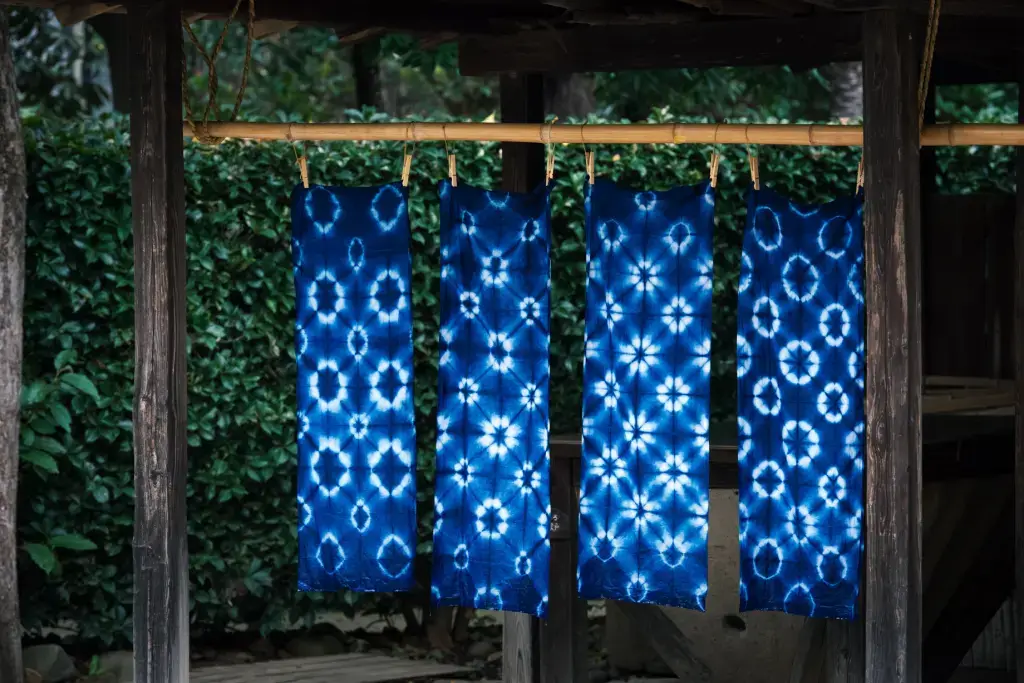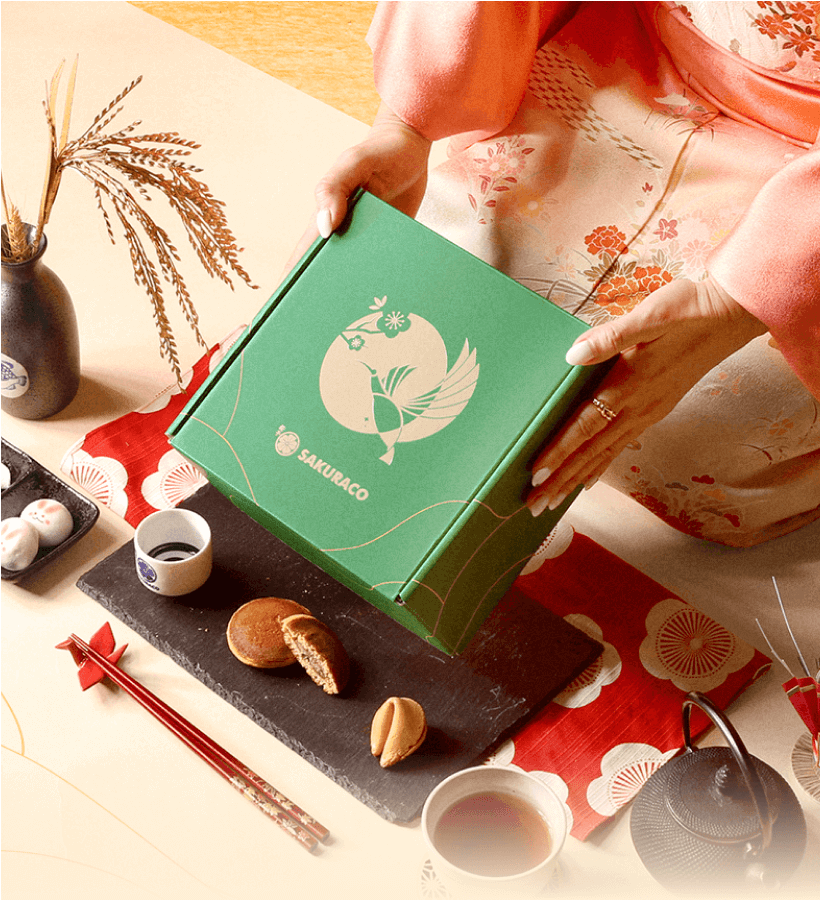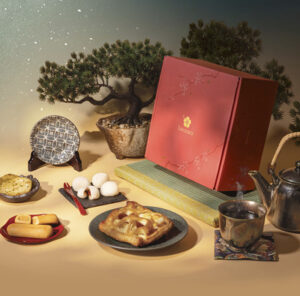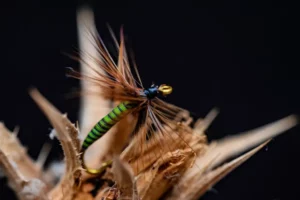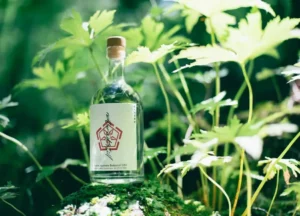Traditional Japanese fashion has always been highly valued, with unique features that are hard to confuse with any other style. The art of fabric dyeing is one of these unforgettable highlights, standing alongside material, patterns, and design. This time, let’s explore the one-of-a-kind artistry of kurobane aizome dyeing, a craft that continues to shape the beauty of clothes in Japanese tradition!
Table of Contents
ToggleWhat is aizome?
Aizome is the traditional Japanese art of indigo dyeing, with a story that began about 1,400 years ago. It arrived from the Silk Road and soon became treasured in the Imperial Court during the Heian period (794-1185). Over time, warriors, farmers, and townsfolk all wore its deep blue shades. Indigo thrived especially in Tokushima, where fertile land and skilled artisans turned it into one of Japan’s proudest crafts.
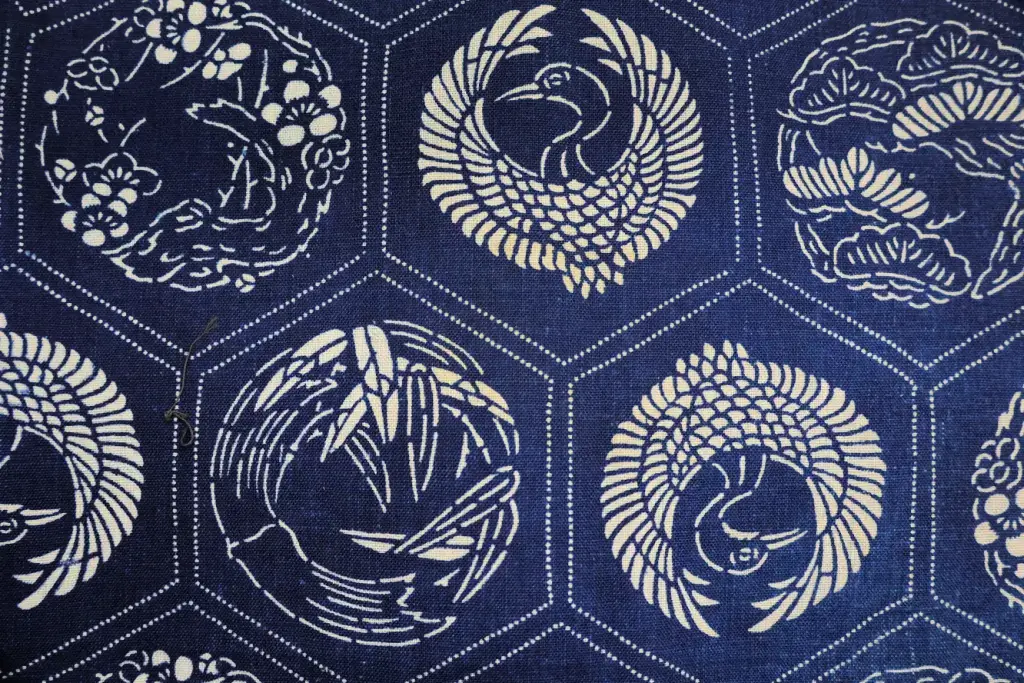
The aizome process starts with the indigo plant, lovingly grown and harvested by artisans. Its leaves are fermented for months to create sukumo, a special paste that becomes dye. Cloth is dipped repeatedly into the vat, turning from green to vivid blue as air touches it. This slow rhythm creates a wide range of shades, from sky blue to midnight navy. Each piece is unique, like a painting born from nature and patience.
Aizome is not only beautiful but also functional. The dye strengthens fabric, resists insects, and has antibacterial qualities. That is why people loved wearing aizome when making clothes in Japanese history. Even samurai and firefighters trusted it because it helped protect them daily. Farmers and gardeners wore indigo garments to keep pests away, especially during hot summers.
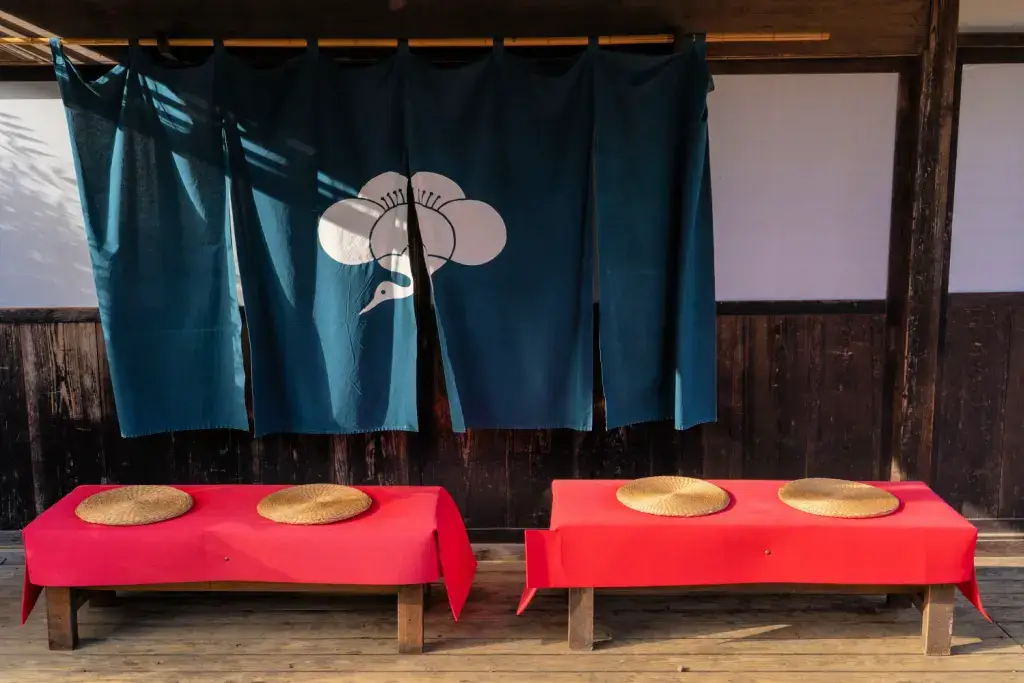
Nowadays, many people still treasure clothes made of Japanese indigo because they last long, feel gentle, and stay fresh. Its color is now “Japan Blue,” shining in art, modern fashion, and even the Tokyo 2020 Olympic designs.
Are you looking for great snacks from Tochigi this month? Check out Sakuraco! Sakuraco delivers traditional Japanese snacks, teas, and sweets from local Japanese makers directly to your door so you can enjoy the latest treats from Japan!
Where does Kurobane Aizome dyeing come from?
Dyeing originates in Otawara City in Tochigi Prefecture. This peaceful region has long been known for its crafts and fertile land. Kurobane aizome originated in the early 1800s, during the Bunka-Bunsei period (1804-1829). At that time, Konya Shinbei founded his shop, Konya, in kurobane and buried indigo vats in the ground. That step is believed to be the very start of indigo dyeing.
Over generations, artisans carefully preserved this craft, passing down recipes, tools, and skills. Indigo from Kurobane became admired for its profound beauty and durability. Today, visitors can still see workshops in Otawara where artisans passionately keep the tradition alive.
What is special about Kurobane Aizome dyeing?
The uniqueness of kurobane aizome lies in its special preparation. Before dyeing, artisans coat fabrics with soybean liquid mixed with soot from burnt pine roots. This step makes the indigo colors deeper, richer, and more resistant to fading. The results are fabrics that shine in blue shades that last for many years.
Kurobane aizome also goes beyond traditional kimono. Artisans create daily items like hand towels, curtains, and even masks. During the recent mask shortage, the Konya shop made indigo masks that became very popular. These masks showed how Japanese traditional clothes can be helpful and beautiful. Another highlight is using natural cotton, silk, and linen fabrics. This makes many clothes in Japanese style from kurobane sustainable, comfortable, and long-lasting. Each item carries beauty, history, and care for the earth.
To this day, the story of kurobane aizome also lives on through the Konya shop. With a history of over 200 years, the shop still warmly welcomes visitors. It offers handmade indigo goods, each designed with distinctive stencil or tube dyeing. Shoppers can choose from many patterns, but no two pieces are identical.
Are there any other notable forms of Japanese dyeing?
Katazome
Katazome is a Japanese stencil dyeing art that began in the Ise district of Mie Prefecture long ago. It flourished in the Edo (1603-1868) and Meiji (1868-1912) periods, when artisans made katagami stencils from durable washi paper treated with persimmon juice and smoke. These stencils decorated kimono fabrics with elegant repeating patterns, turning simple cloth into works of art.
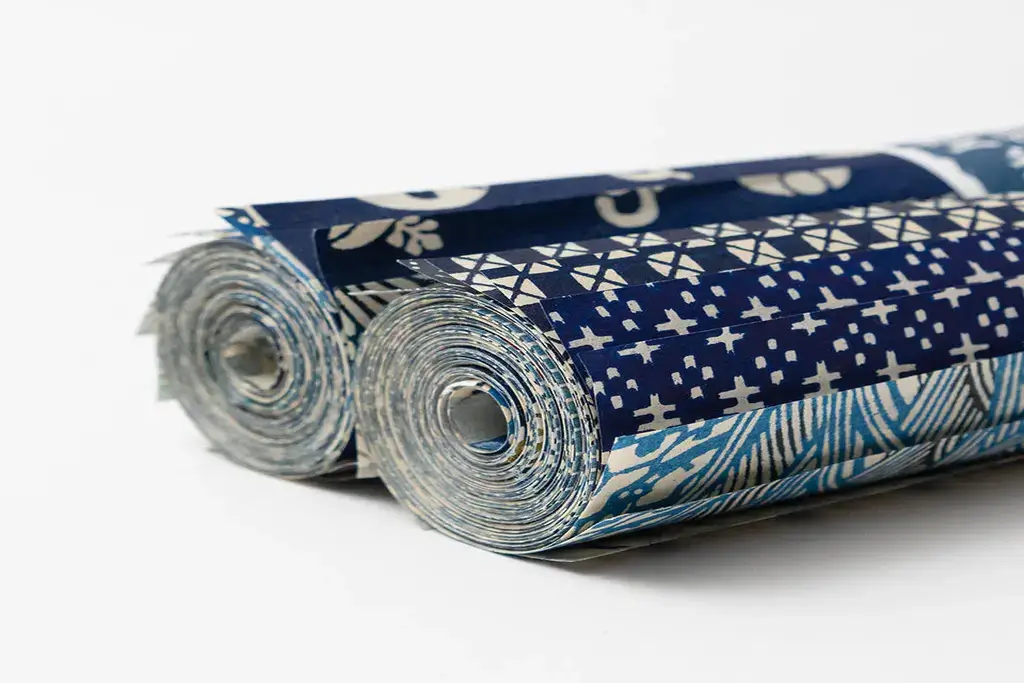
The process uses a rice paste applied through stencils to resist dye. Fabrics are then brushed with pigments or dipped in indigo vats. The covered areas stay white, creating clear patterns. Thin fabrics show the design on both sides, while cotton often holds deep indigo underneath. Katazome pieces include kimono, futon covers, and daily items, valued for their beauty, strength, and lasting charm.
Nassen
Nassen is a Japanese textile printing technique that became famous in Yokohama over 120 years ago. It began when woodblock printers moved to the city after its port opened for trade in 1859. They combined Eastern and Western skills to create Yokohama Nassen. Yokohama’s silk trade, gentle weather, and clean water made it the perfect place for this craft to grow.
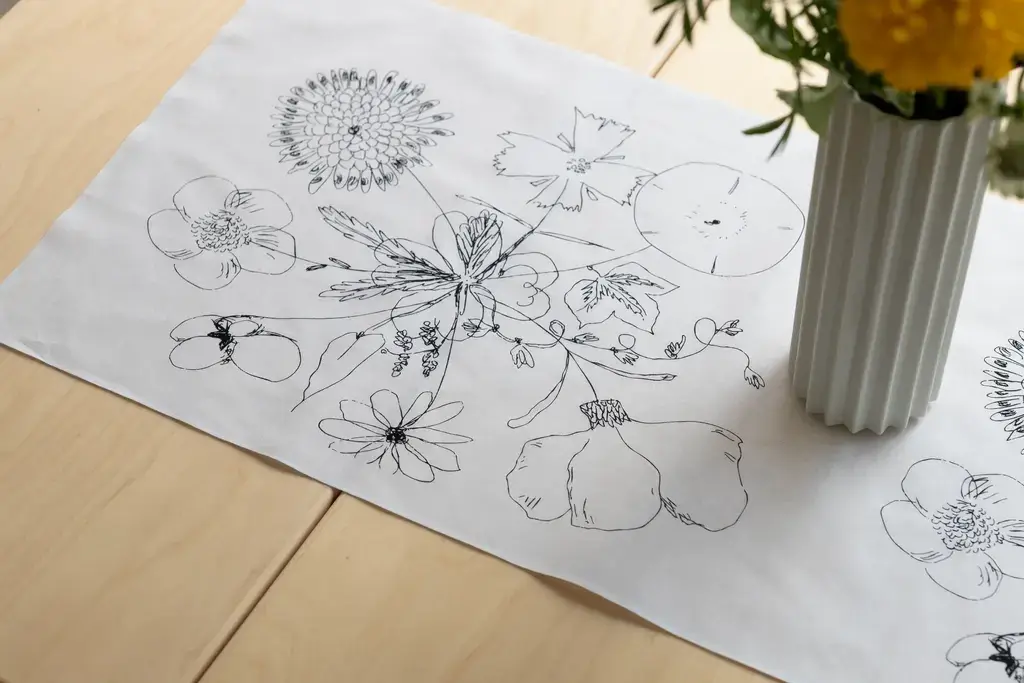
The process is long but beautiful. First, artisans prepare photoengraved stencils and carefully mix dyes for rich colors. White cloth is stretched across a stand, and colors are pressed on with frames and squeegees, layer by layer. After steaming and washing, the cloth glows with vivid patterns that resist fading.
Roketsu
Roketsu is a traditional dyeing art from Kyoto. It uses melted wax to draw designs on cotton fabric. The cloth is dyed in deep indigo, leaving wax-covered parts bright white. This method needs more than twenty careful steps, making each piece unique. Visitors in Kyoto can join workshops, paint with brushes, and see their patterns appear.
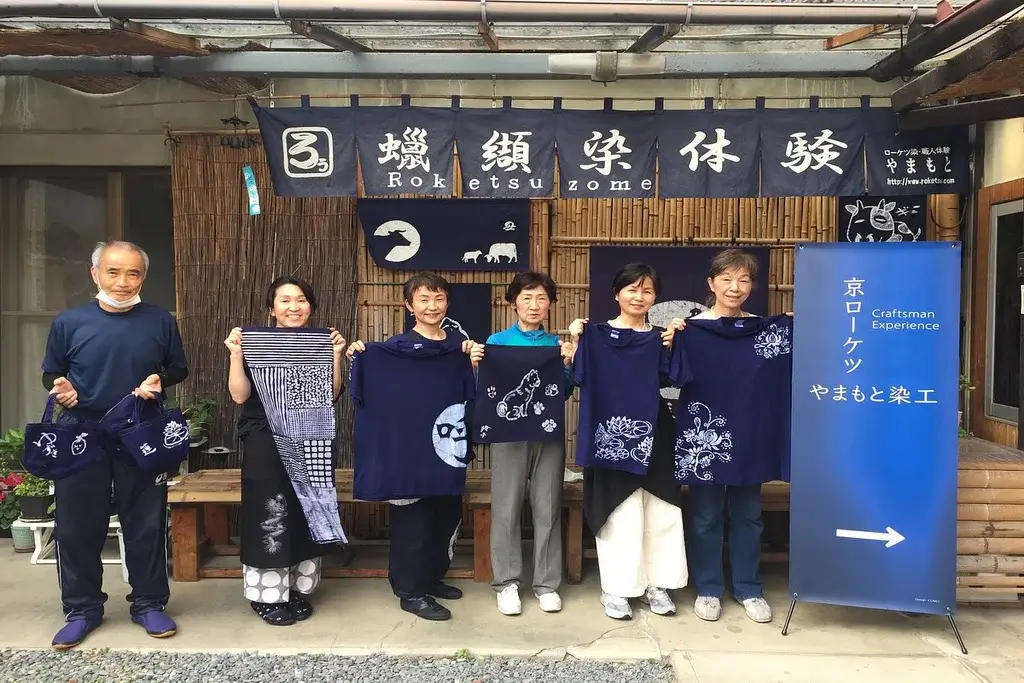
Why is kurobane aizome dyeing significant in the culture of clothes in Japanese tradition?
Kurobane aizome dyeing holds a treasured place in Japanese culture. It represents more than just color on fabric. It remembers the past, where warriors, farmers, and townsfolk trusted natural indigo. Every shade of blue tells a story about skill, patience, and respect for nature. In Japanese life, wearing indigo clothes was not only about beauty. It was also about strength, comfort, and harmony with the seasons.
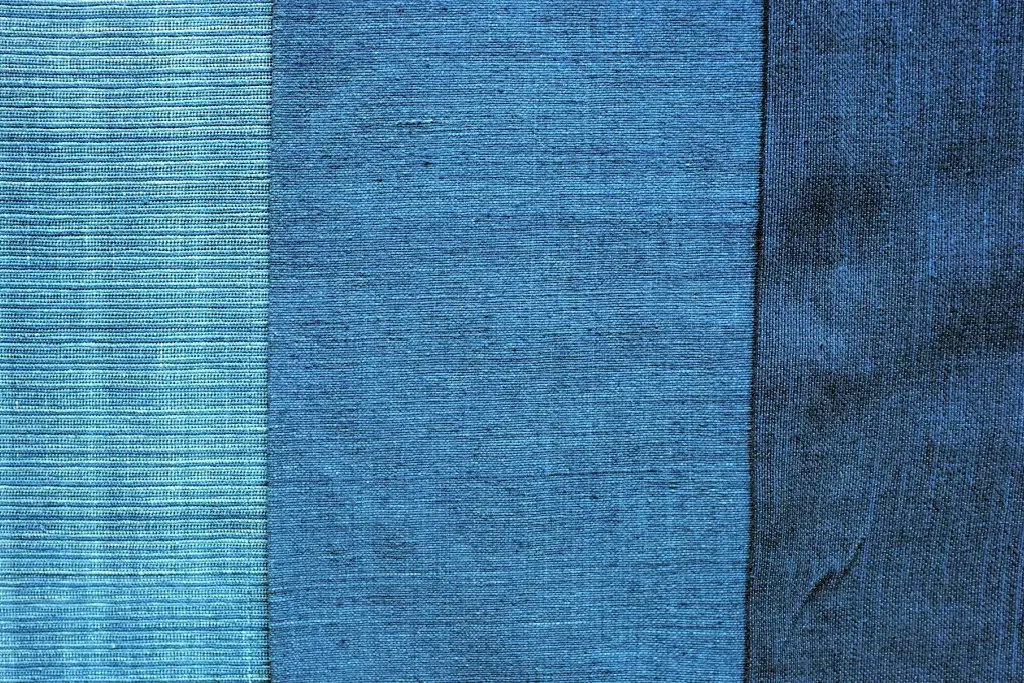
Yet today, this tradition faces the challenge of fading away. Nearly only the Konya shop in Otawara still keeps the vats alive. The future of kurobane aizome depends on how it is shared and passed on. Promoting it to more people through visits, experiences, and conversations is meaningful. It helps keep its spirit present for the next generations. So, what is the best way to keep traditional crafts like this alive in our modern world? Share your thoughts with me in the comments below!

